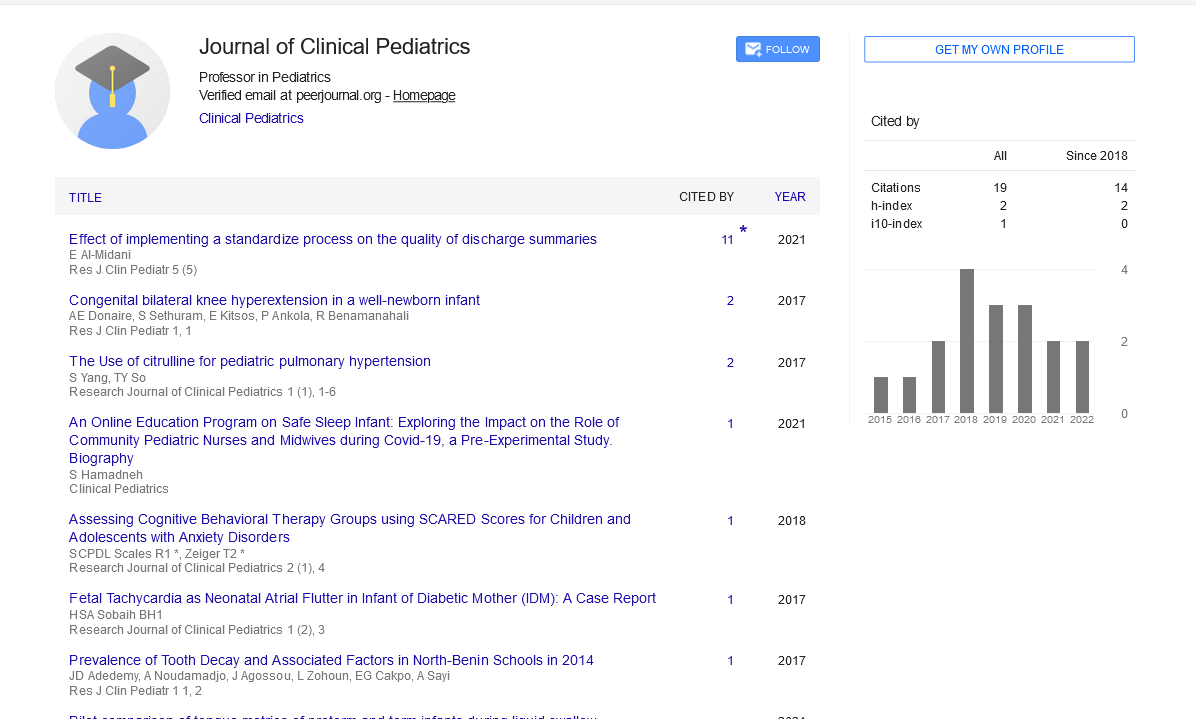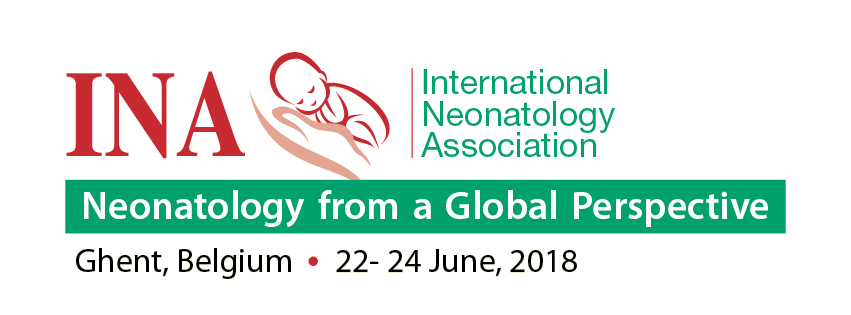Commentary, Res J Clin Pediatr Vol: 7 Issue: 4
A Summary of Pediatric Orthopedics: Nurturing Growth and Well-being
Marianela Jack*
1Department of Adolescent Medicine, Indiana University School of Medicine, Indianapolis, Indiana
*Corresponding Author: Marianela Jack,
Department of Adolescent Medicine,
Indiana University School of Medicine, Indianapolis, Indiana
E-mail: jackmarianela@iu.edu
Received date: 27 November, 2023, Manuscript No. RJCP-24-128391;
Editor assigned date: 30 November, 2023, PreQC No. RJCP-24-128391 (PQ);
Reviewed date: 07 December, 2023, QC No. RJCP-24-128391;
Revised date: 21 December, 2023, Manuscript No. RJCP-24-128391 (R);
Published date: 28 December, 2023 DOI: 10.4172/rjcp.1000157
Citation: Jack M (2023) A Summary of Pediatric Orthopedics: Nurturing Growth and Well-being. Res J Clin Pediatr 7:4.
Description
Pediatric orthopedics is a specialized branch of medicine focused on the diagnosis, treatment, and prevention of musculoskeletal conditions in children, from birth to adolescence. As a field that addresses the unique needs of growing bodies, pediatric orthopedics plays an important role in ensuring the healthy development and function of young individuals.
Children undergo rapid growth and development, which significantly influences their musculoskeletal system. Understanding normal growth patterns and milestones is essential for assessing and managing orthopedic conditions in pediatric patients. Pediatric orthopedic specialists monitor skeletal maturation, bone age, and growth plate development to anticipate potential issues and provide timely interventions.
Conditions like congenital hip dysplasia, clubfoot, and limb length discrepancies are frequently encountered in pediatric orthopedics. Early diagnosis and appropriate treatment, such as bracing, casting, or surgical correction, are important for optimizing outcomes and preventing long-term complications.
Abnormalities in bone and joint development, such as scoliosis, juvenile idiopathic arthritis, and osteogenesis imperfecta, require specialized management. Multidisciplinary approaches involving orthopedic surgeons, pediatric rheumatologists, and physical therapists are often necessary to address these complex conditions comprehensively. Fractures, sprains, and sports-related injuries are common in pediatric populations due to their active lifestyles. Prompt evaluation and appropriate fracture management techniques, including casting, splinting, or surgical fixation, are essential to promote optimal healing and prevent long-term complications.
Many pediatric orthopedic conditions can be effectively managed with non-surgical approaches, including physical therapy, orthotic devices, and activity modification. Non-operative techniques aim to optimize function, alleviate symptoms, and promote natural healing processes, particularly in growing children. When conservative measures fail to achieve satisfactory outcomes or in cases of severe deformities, surgical intervention may be necessary. Pediatric orthopedic surgeries range from minimally invasive procedures, such as arthroscopy, to complex reconstructive surgeries, such as osteotomy and joint replacement. Surgical techniques are tailored to the specific needs of pediatric patients, considering factors such as growth potential, skeletal immaturity, and functional goals.
Advances in technology and surgical instrumentation have led to the development of minimally invasive procedures for pediatric orthopedic conditions. Minimally invasive techniques offer several advantages, including smaller incisions, reduced tissue trauma, faster recovery times, and improved cosmetic outcomes. The use of orthobiologics, such as growth factors, stem cells, and bone graft substitutes, has gained popularity in pediatric orthopedics. Orthobiologics promote tissue regeneration, enhance bone healing, and may facilitate the repair of musculoskeletal injuries and defects in growing children.
Innovations in 3D printing technology allow for the creation of patient-specific implants tailored to individual anatomical variations. Patient-specific implants enhance surgical precision, optimize fit and alignment, and minimize complications in pediatric orthopedic surgeries.
Pediatric orthopedics encompasses a diverse range of conditions and treatment modalities aimed at promoting the musculoskeletal health and well-being of children and adolescents. By understanding the unique aspects of growth and development, pediatric orthopedic specialists can effectively diagnose, treat, and prevent orthopedic disorders in young patients. With on-going advancements in technology and surgical techniques, the future holds promise for further improving outcomes and enhancing the quality of care in pediatric orthopedics.
 Spanish
Spanish  Chinese
Chinese  Russian
Russian  German
German  French
French  Japanese
Japanese  Portuguese
Portuguese  Hindi
Hindi 
